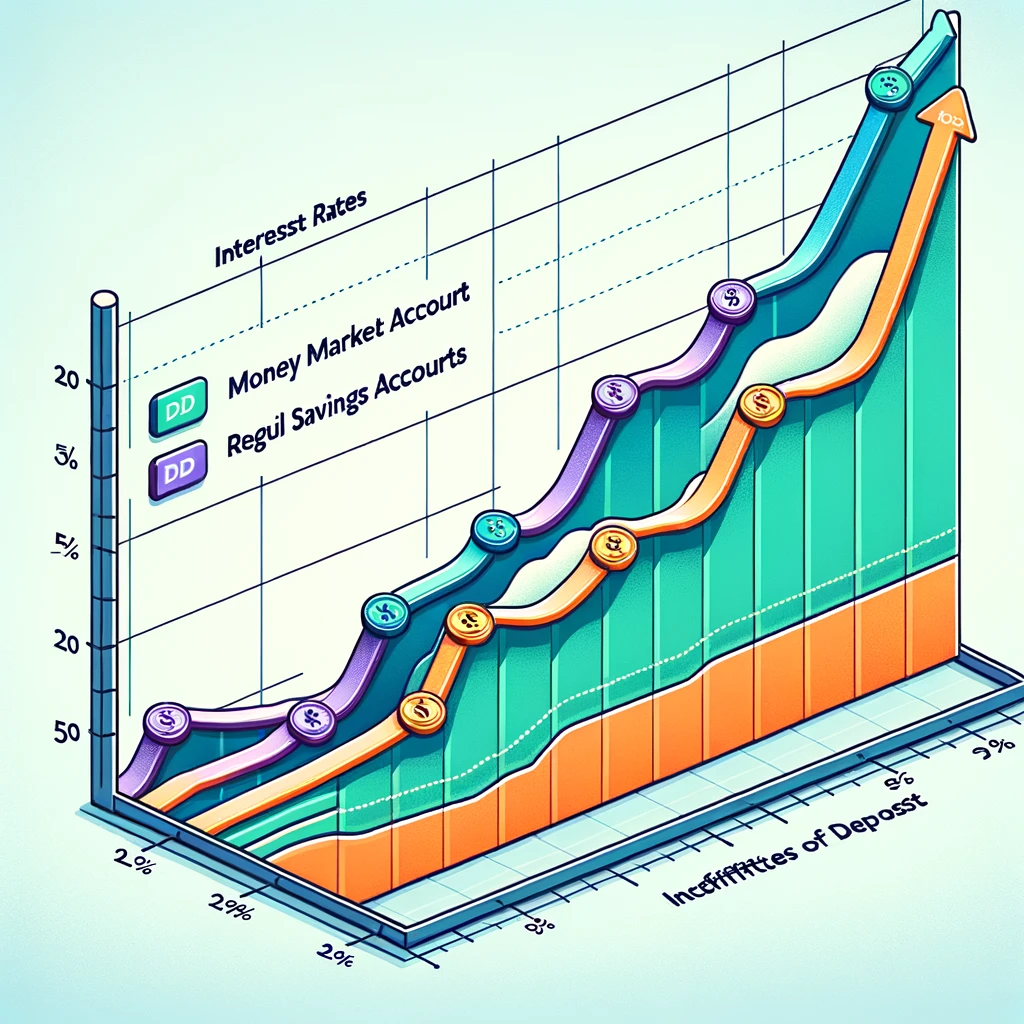Introduction: Unraveling the Market Mystery
Understanding how the economy works revolves around grasping the essence of markets, where individuals come together to trade goods, services, and securities by setting prices through the forces of supply and demand. Having a handle, on market operations is essential, for anyone wanting to navigate the realm, whether you’re a consumer or an experienced investor. Delving into this topic will reveal the workings that influence market trends.
Table of Contents
The Foundation of Markets
Definition and Types of Markets
Trading takes place in markets, where people buy and sell goods, stocks, and financial assets. These markets include stock markets, for company shares, commodity markets for goods like oil and gold, and forex markets, for currency trading. Knowing about these market types can assist individuals in customizing their investment approaches.
Demand and Supply: The Core of Market Dynamics
The interaction of consumer demand, for products and the supply of those products is fundamental to market economics. Prices shift organically in response, to the interplay of these factors, impacting market balance and economic steadiness.
The Role of Prices
Prices within the market act as signals to both buyers and sellers, indicating when to purchase goods or when to increase production. This price mechanism helps allocate resources efficiently across the economy
Participants in the Market
Consumers and Producers
In the market, consumers and producers engage directly where consumers search for goods and services while producers provide them. Their choices are impacted by fluctuations, in prices, quality, and availability which consequently influence market patterns and economic metrics.
Investors and Traders
Investors usually purchase assets with the goal of long-term growth while traders aim to make money from changes, in prices. Both groups are important for ensuring there is liquidity and capital, in the market.
Regulators and Policymakers
Government bodies and independent organizations set rules to ensure markets operate smoothly and transparently, protecting investors from fraud and maintaining fair trading environments.

Market Mechanisms and Instruments
Trading Mechanisms
Markets operate through various trading mechanisms, including exchanges (like stock exchanges for securities) and over-the-counter (OTC) trading for direct trades between parties. These systems ensure efficient market operations and price discovery.
Financial Instruments
A wide range of financial instruments are available in markets, from stocks representing company ownership and bonds as debt securities to derivatives like futures and options used for speculation or hedging.
The Global Economy and Markets
Interconnectedness of Global Markets
In today’s global economy, markets are highly interconnected. Economic developments in one country can significantly impact markets worldwide, underscoring the importance of global economic awareness.
Currency Exchange and International Trade
The foreign exchange market is vital, for trade as it sets exchange rates. Currency values are impacted by trade imbalances, which arise from variations, in the exports and imports of a nation shaping market trends.
Understanding Market Indicators
Economic Indicators
Economic cues, like Gross Domestic Product (GDP) inflation levels and jobless rates offer information, about the market and economic well being helping investors and policymakers make choices.
Market Indices
Indices like the S&P 500 and Dow Jones Industrial Average serve as benchmarks for market performance, offering a snapshot of economic trends and investor sentiment.
Challenges and Opportunities in the Market
Market Volatility
Changes, in market prices are influenced by a range of factors such as indicators, company profits, and global political situations. Having a grasp of these shifts is crucial, for managing through market ups and downs.
Technology’s Impact
The evolution of technology has transformed how markets operate, from automated trading to financial technology advancements that present possibilities and obstacles for those involved in the market.
Navigating the Market
Strategies for Investors
Successful market participation requires sound strategies, such as diversification, risk management, and continuous learning, to build and protect wealth over time.
The Importance of Market Analysis
Thorough market analysis, including fundamental and technical analysis, helps investors make informed decisions, identifying potential investment opportunities and risks.
Conclusion: The Market as a Reflection of Society
The market functions, as a system that mirrors the needs, aspirations, and advancements of society. Having a grasp of its operations is crucial for individuals aiming to participate in the realm. As we’ve delved into the facets of the market the interdependence among its players and the impact of occurrences have underscored the significance of staying informed and adopting a strategic approach.
FAQ: Understanding How the Market Works
Q1: What exactly is ‘the market’?
A1: The term ‘the market’ refers to the collection of markets where trading and investment occur, including the stock market, bond market, commodities market, and others. It’s a platform for buyers and sellers to exchange financial products.
Q2: How does supply and demand affect the market?
A2: Supply and demand are the core drivers of market prices. When demand for a product or stock exceeds supply, prices tend to rise. Conversely, when supply exceeds demand, prices tend to fall. This dynamic balance influences market trends and investment values.
Q3: Who are the main participants in the market?
A3: The main participants include individual investors, institutional investors (like mutual funds, pension funds), traders, brokers, market makers, and companies issuing stocks or bonds. Each plays a specific role, from providing liquidity to setting prices.
Q4: What are financial instruments?
A4: Financial instruments are contracts between parties that have monetary value. They include stocks (shares in a company), bonds (debt securities), derivatives (contracts based on the value of underlying assets), and others, each serving different investment strategies and risks.
Q5: What is the importance of market indicators?
A5: Market indicators, such as stock indices and economic reports, provide insights into the overall health and direction of the economy or specific sectors. They help investors make informed decisions by gauging market sentiment and economic trends.
Q6: Can anyone participate in the market?
A6: Yes, with the advent of online trading platforms, almost anyone can participate in the market. However, understanding the basics of how the market works and the risks involved is crucial before investing.
Q7: What does it mean by a bull or bear market?
A7: A bull market refers to a period of rising stock prices, typically 20% or more from recent lows, indicating investor confidence and economic growth. A bear market is the opposite, with falling prices indicating pessimism and potential economic slowdown.
Q8: How do global events affect the market?
A8: Global events, such as political unrest, natural disasters, or major policy changes, can significantly impact market sentiment and investor behavior, leading to fluctuations in market prices and volatility.
Q9: Why is diversification important in investing?
A9: Diversification involves spreading investments across various financial instruments, industries, and other categories to reduce risk. It helps mitigate the impact of poor performance in one area on the overall investment portfolio.
Q10: Where can I learn more about the market?
A10: Numerous resources are available for learning about the market, including financial news websites, investment courses, books on economics and finance, and financial podcasts. Engaging with these resources can deepen your understanding and confidence in market participation.















